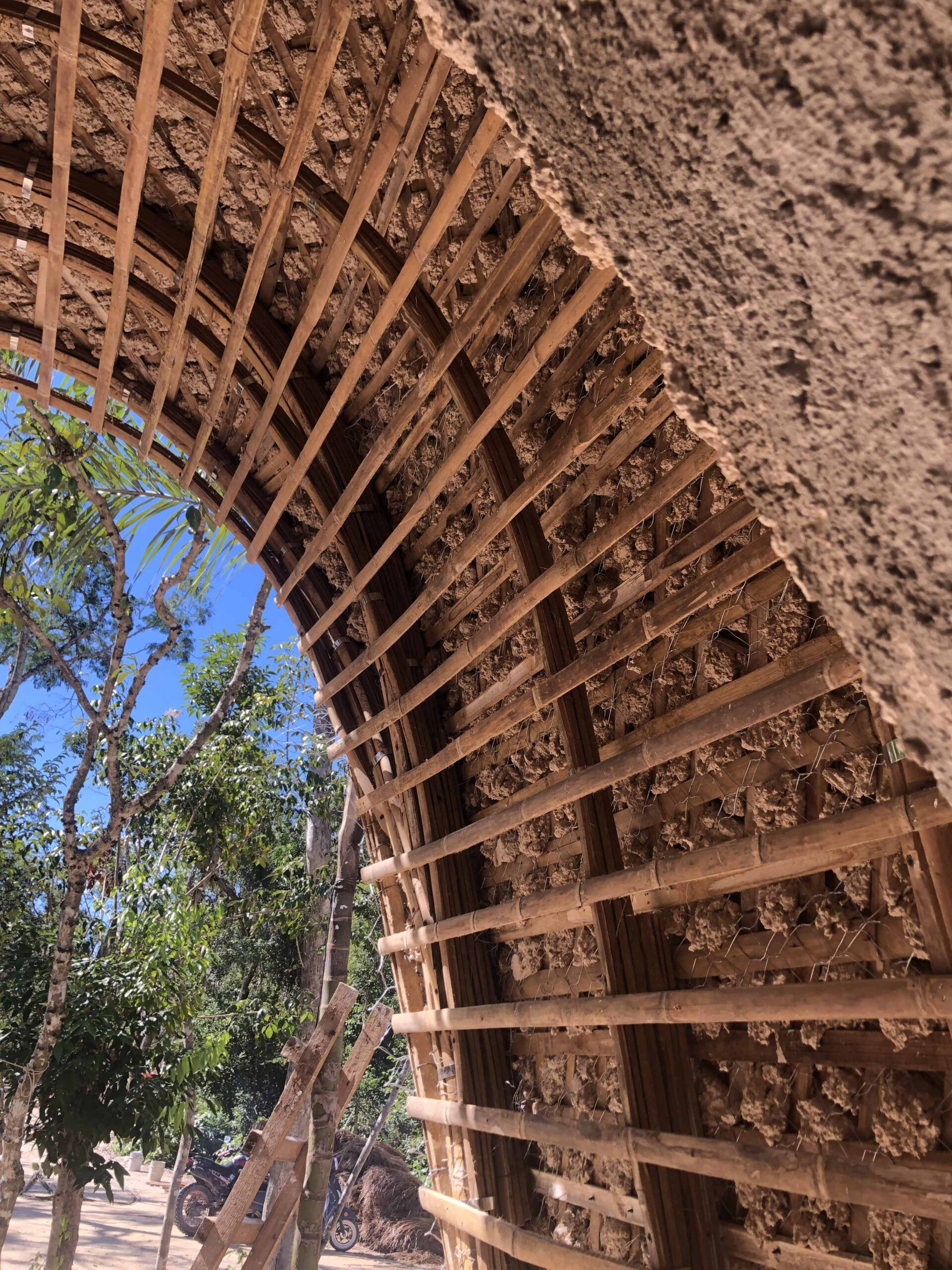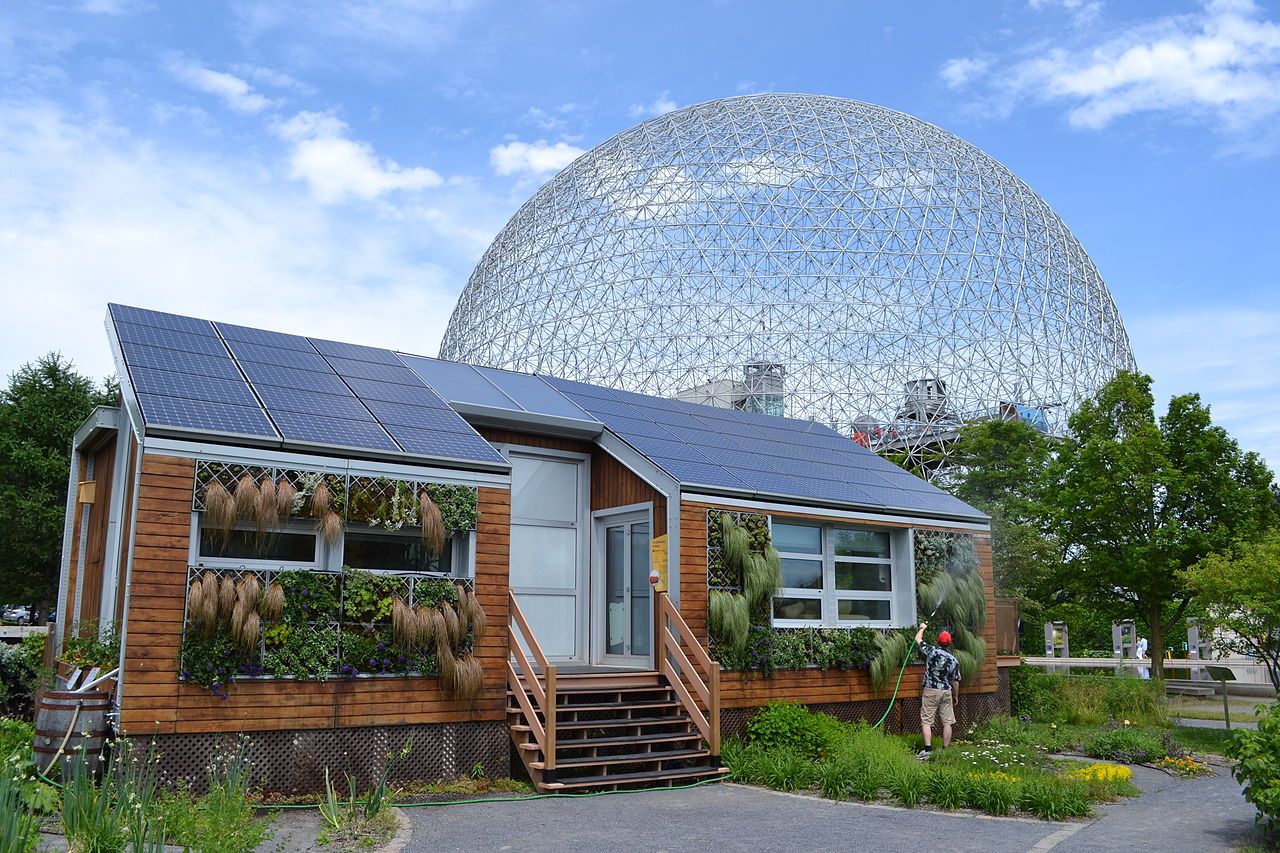Bioconstruction, a discipline that promotes the construction of sustainable and environmentally friendly buildings and spaces, has been gaining relevance in recent years. As cities grow and develop, there is a need to rethink the way we build and live. In this context, bioconstruction offers exciting challenges and opportunities.
One of the main challenges of bioconstruction in urban environments is adapting to space constraints. Cities are often densely populated, which poses challenges for land availability. Bioconstruction must find innovative ways to maximize the use of space and construct efficient buildings that do not deplete natural resources. High-rise construction, the use of green roofs, and the reuse of underutilized space are some solutions.
In addition, bio construction faces the challenge of sustainability in terms of materials and energy. It is essential to use environmentally friendly and low environmental impact materials in building construction. The reuse of materials and incorporation of renewable energy technologies are key practices in urban bioconstruction. Energy efficiency and waste reduction are imperative in building sustainable cities.
In the urban context, bioconstruction also provides significant opportunities. The transformation of existing buildings into more sustainable structures is an important avenue for reducing the ecological footprint of cities. The restoration and revitalization of older neighborhoods through bioconstruction can preserve cultural heritage and improve the quality of life for residents.
Another opportunity lies in education and awareness. Bioconstruction can be promoted through community awareness and the training of professionals in sustainable construction techniques. Investment in research and development in this field is also essential to drive innovation in urban construction.
In conclusion, bioconstruction in the urban context faces considerable challenges, but at the same time offers exciting opportunities to transform our cities into greener, healthier, and more resilient places. With careful planning, investment, and commitment, bioconstruction can play a pivotal role in creating a more sustainable and equitable urban future.





